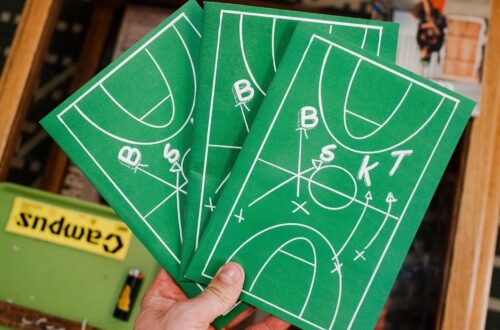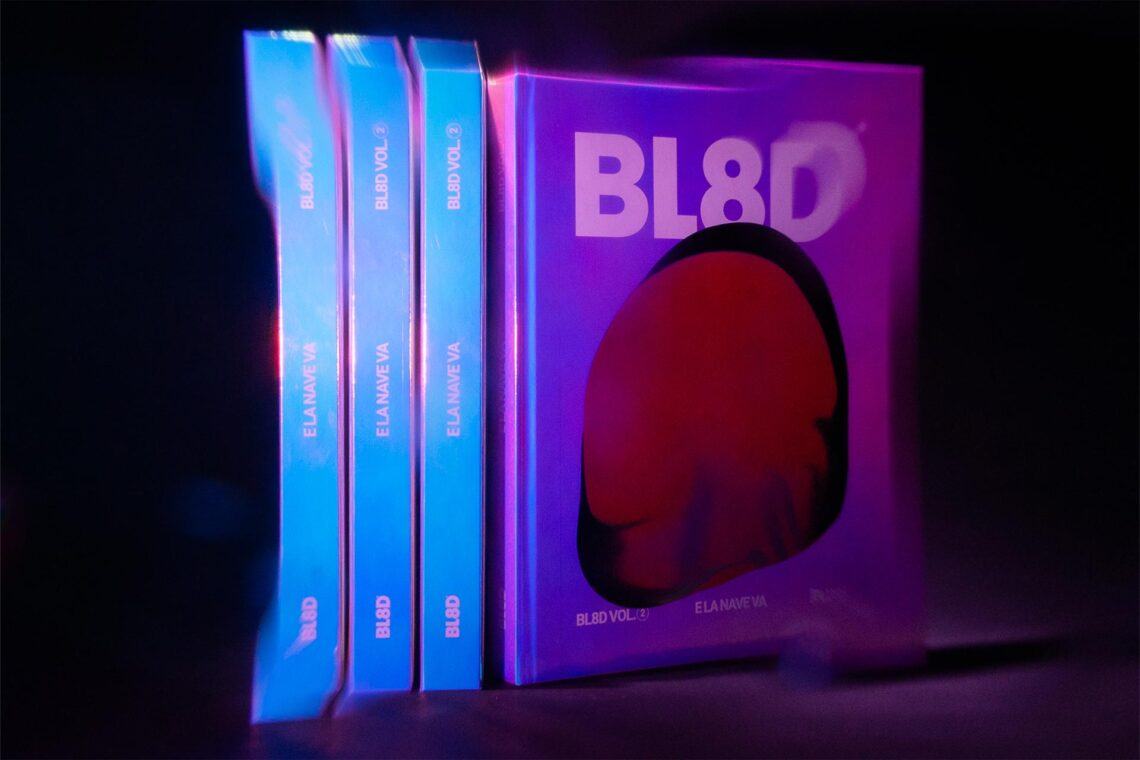
BL8D volume two is a creative investigation into dreams of the future
BL8D has returned with a brand new volume two, following the success of volume one – the team won four European Publishing Awards in 2023. Overleaf reviewed their debut issue back in 2022, an issue that focused on slavic fairy tales and the war in Ukraine. BL8D continues their original bookazine format and is again a limited edition run – only 500 available worldwide. Their high production values sees the storytelling come alive through clever and intuitive graphic design across the 240 pages.
Their editorial address “Dear reader” is an honest navigation of the pieces ahead, addressing the reader directly to provide indication of what secrets volume two holds within. “There are 6 chapters ahead of you, 6 completely different ways (scenarios) of living the experience of self-identification in an era of total turbulence.” The 6 chapters speak with different artists in interview pieces, all of which share a common trait – they were all born “in the epicentre of the ‘Empire’.” The “Empire” it’s referencing is the Soviet Union and BL8D look to highlight not only the conflict in Ukraine, but how current events have changed the outlook and perception of the future.
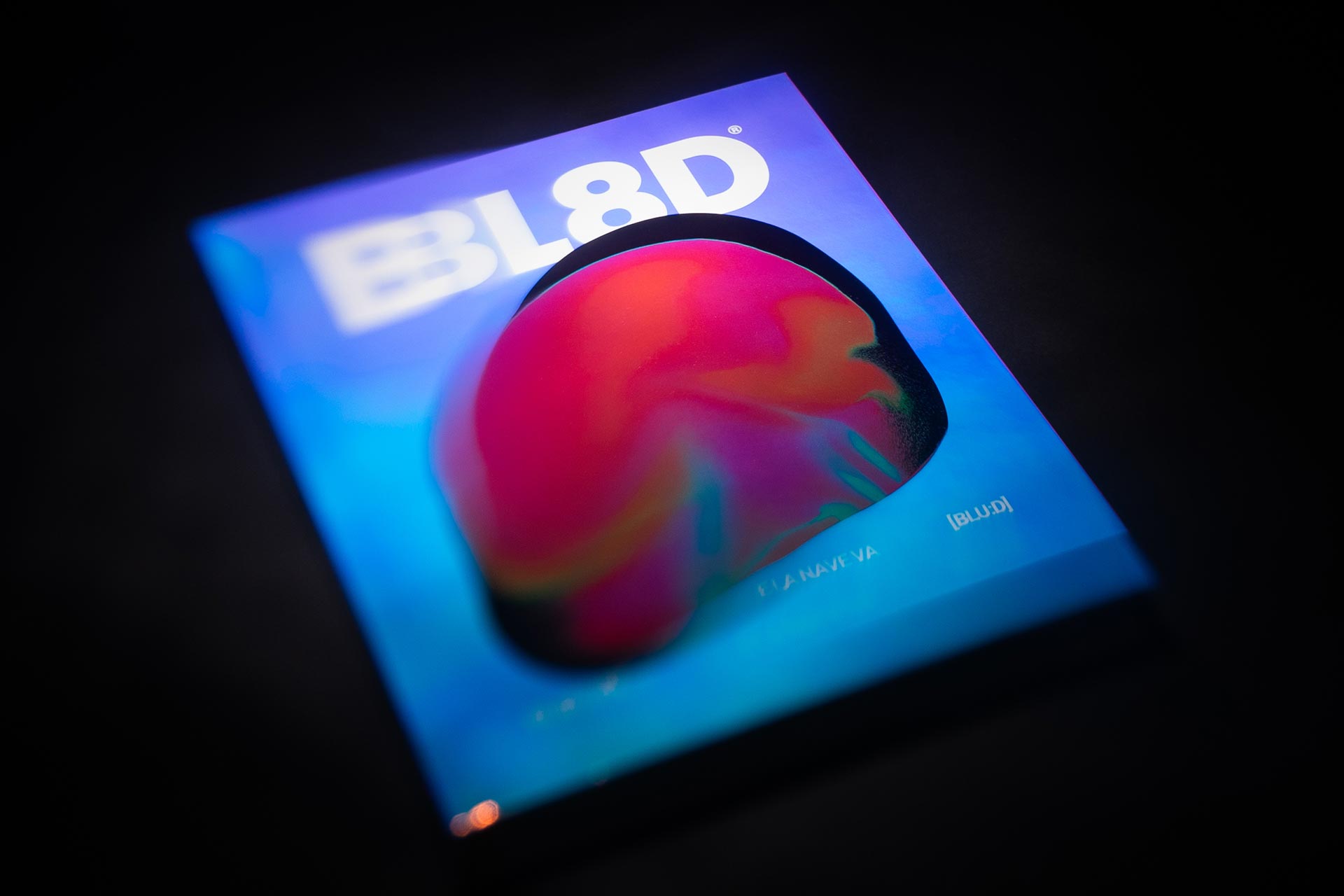
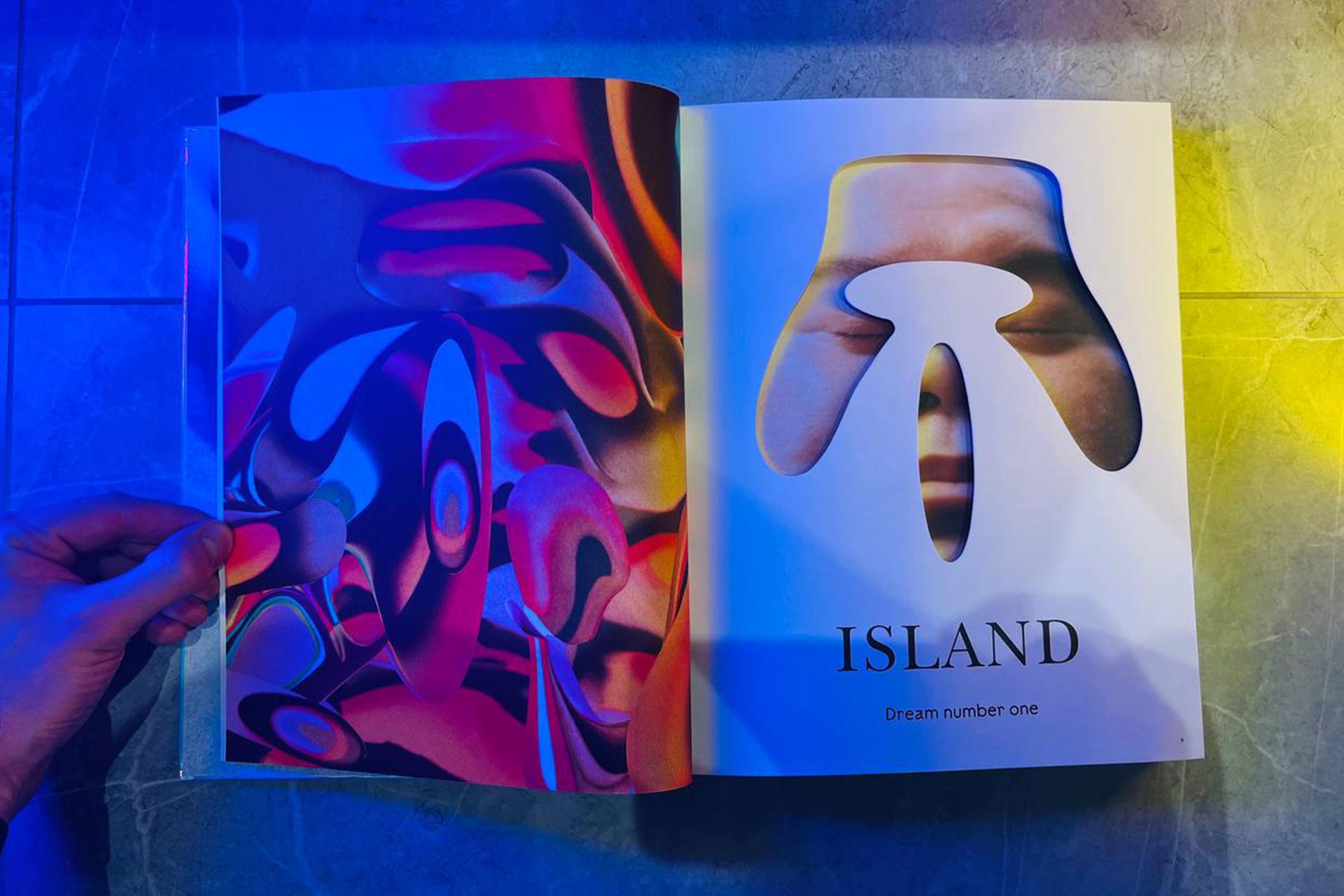
The narrative aims to understand how the future will emerge and what factors should be considered. This understanding asks the artists featured to look within, but also the readers themselves through a holographic, mirror-like material on the front cover that reflects your image. The blurred shapes on the front use a near-black colour with red mixed can reflect the image as well as the core holographic material, therefore giving you an image drenched in red and moving brings you back into the light. This interactive design could be intended to align with the theme of self-identification, asking us to look within and ask the hard questions related to the turbulent world BL8D touches on. This interaction continues throughout, acting as chapter markers. Designed as die cut pieces, they’re intricate masks that aim to show selective sections of the image beneath, adding dimensionality to the publication.
In the first chapter, ‘Island’, the die cut marker takes up the form of a mask for the photograph of a model beneath. Labelled as ‘dream number one’ – positioning itself as the first of six “dreams”, the first interview is an immersive photographic exhibition from Yan Yugay, a photographer and artist. “I have always had problems with self-identification because I am Asian and grew up among Caucasian people,” Yan explains to BL8D. The conversation discusses racism in relation to place and culture – described as the “difference in mentalities.” Yan’s creative practice is almost surreal in the images presented in the piece. A mixture of sophisticated artificial intelligence and implied photos shot by the artist, there is an evident theme of futurism, but not in a positive delivery. “These are people lying in toys. Absolutely spoiled, absolutely…Lonely at the same time,” they note.
The reality is not only questioned in regards to the photography, but in the conversations in volume two. We discover how the artists live in their reality and contrast that with their works of art. We can question if their work is an extension of their reality. In the following interview we meet non-binary person Max, a critical designer who has previously lived in Russia – leaving in March 2022 for Italy. Selected works feature a range of black and white imagery containing a single model, drenched in light at times, mixed media but also presented as simple polaroids. They remind of cyanotypes – singular representations that can’t be repeated, but without the colour. “I don’t know if they were real, these bombings, some airplanes…they still fly there, all the time.” Max is notably uncertain about the present and montages of typography reflect newspaper clippings and are reminiscent of the avant-garde – tying into the noted propaganda in Russia.
Yan’s creative practice is almost surreal in the images presented in the piece. A mixture of sophisticated artificial intelligence and implied photos shot by the artist, there is an evident theme of futurism, but not in a positive delivery. “These are people lying in toys. Absolutely spoiled, absolutely…Lonely at the same time,” they note.
Stuart Williams, Owner of Overleaf
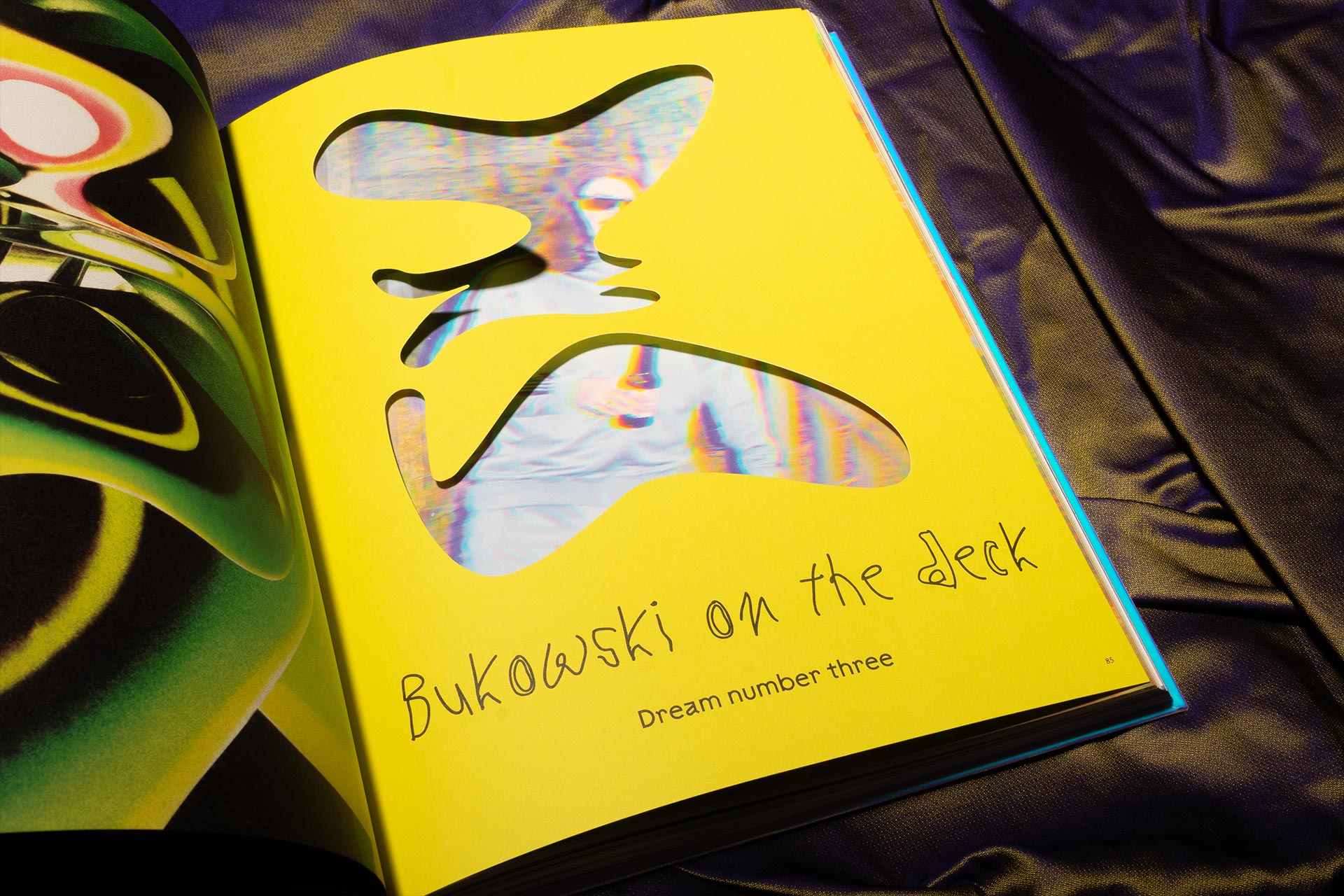
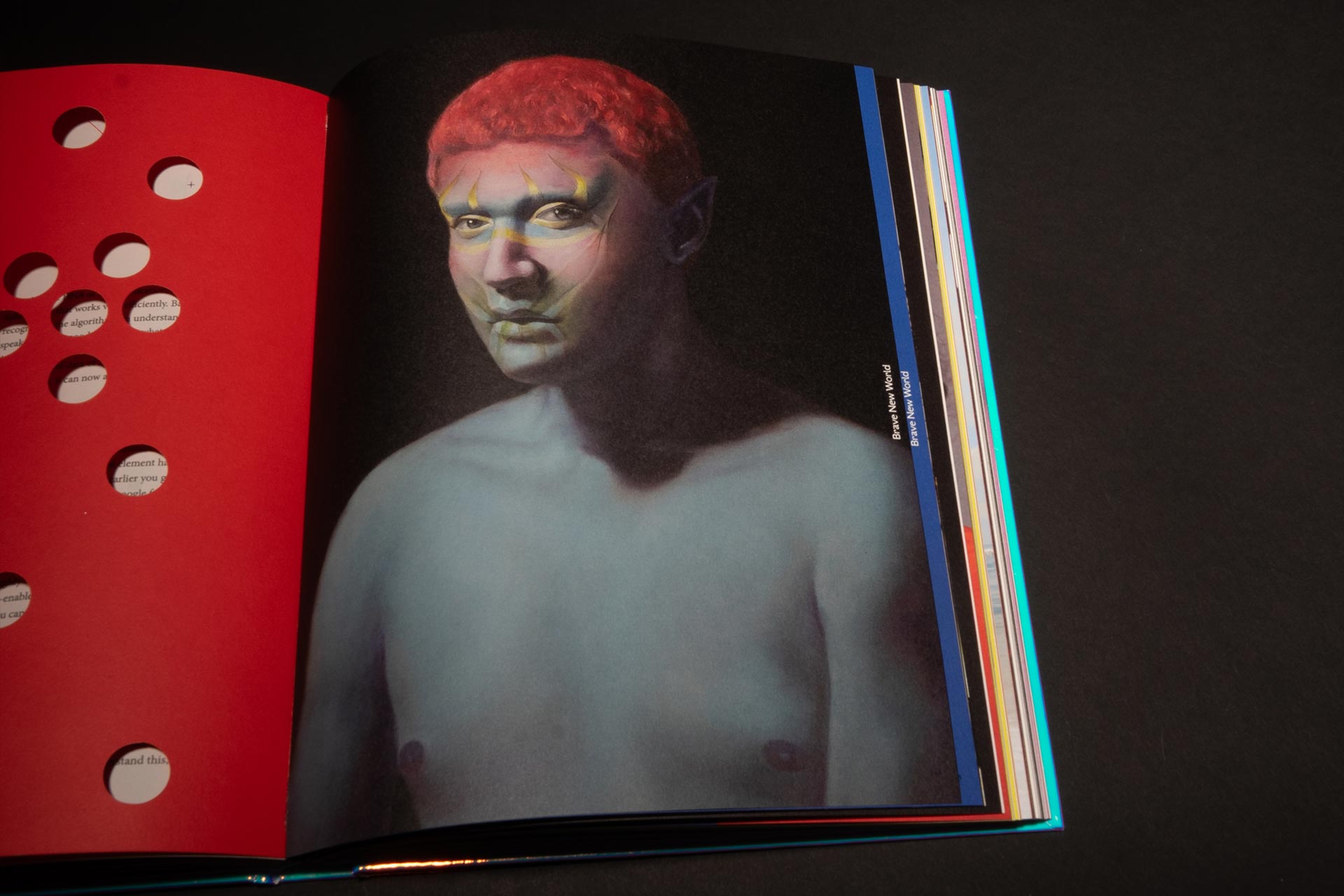
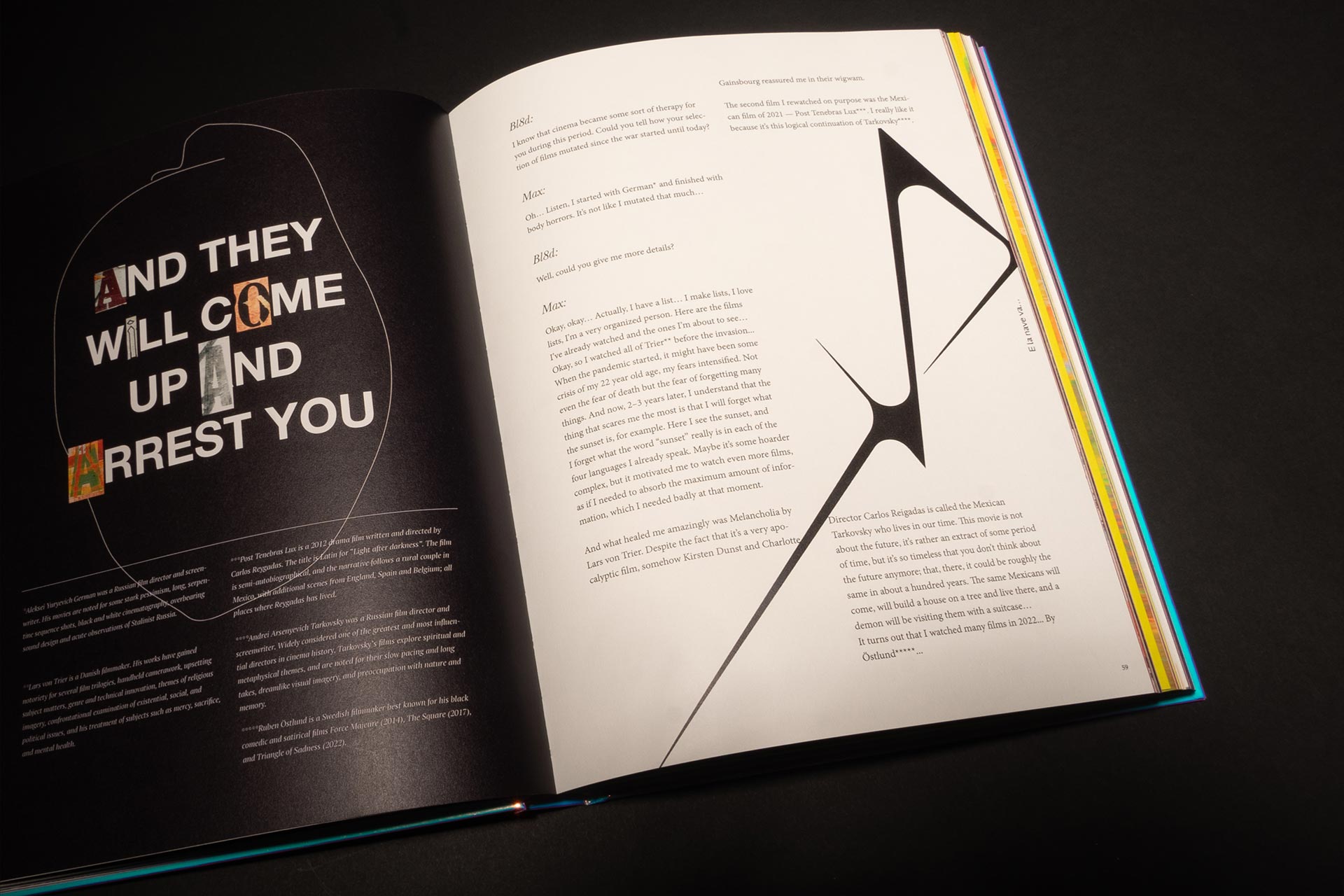
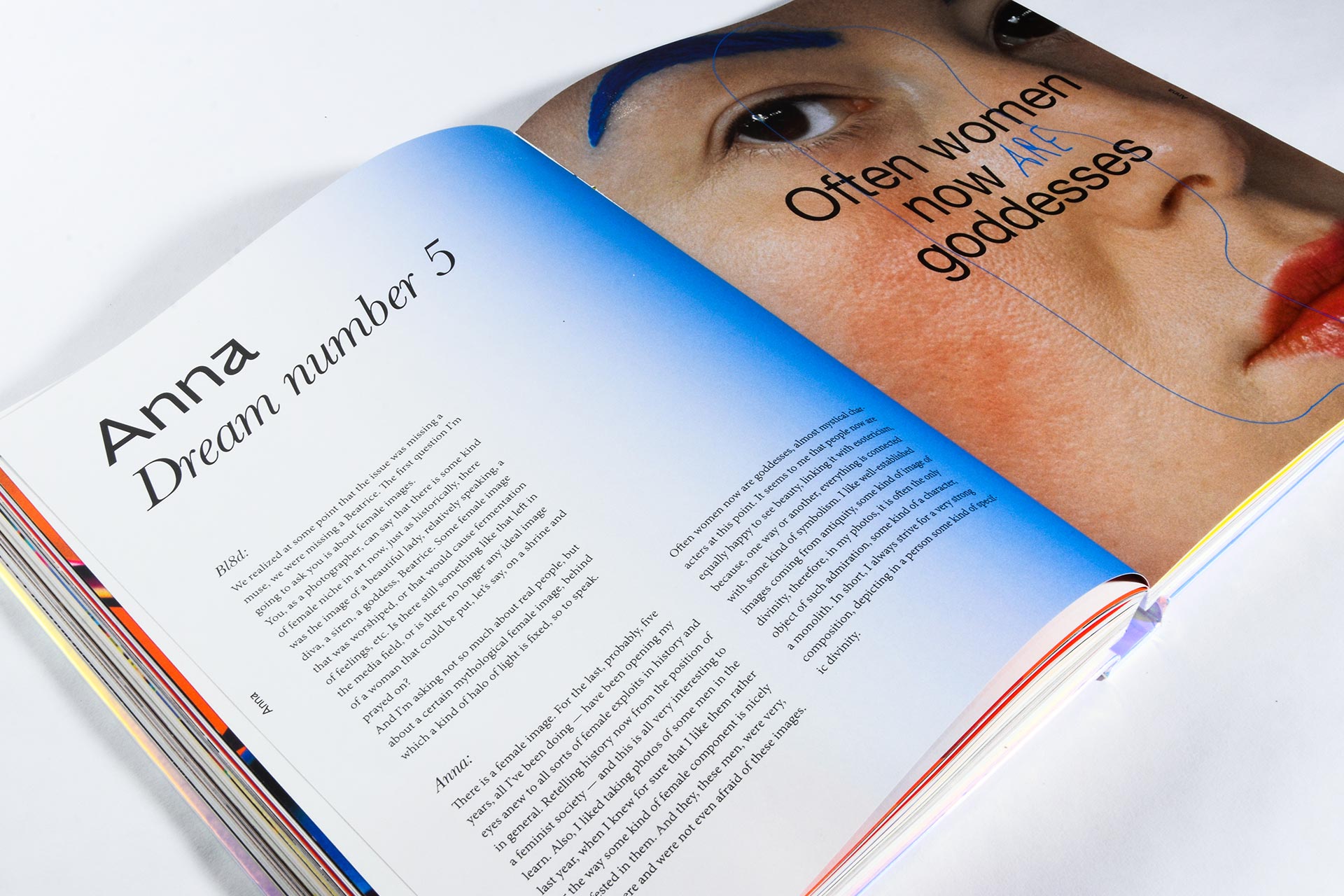
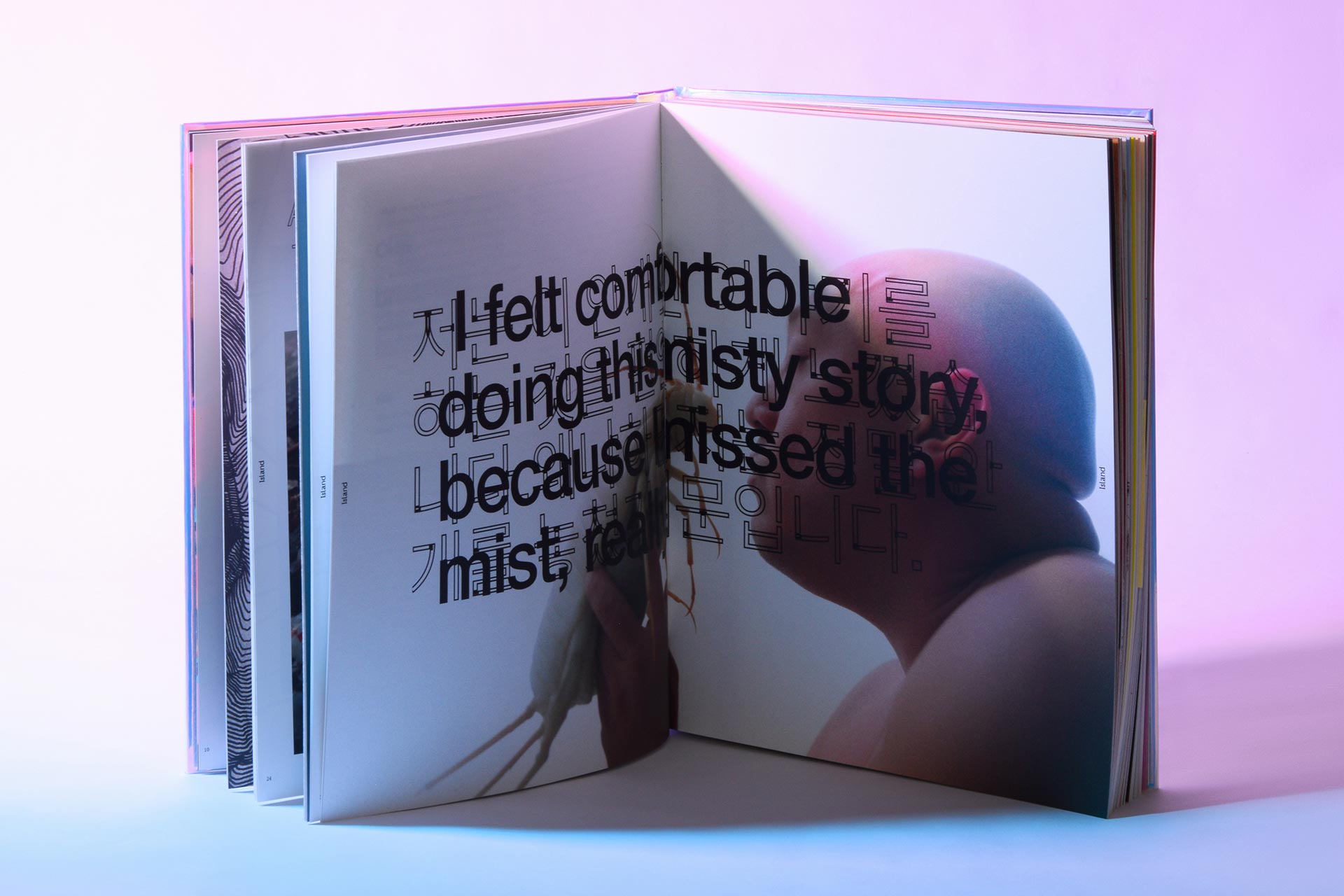
“There’s a lot of propaganda, especially in schools in Russia today,” Max notes. “In how many years will this “machine” eat them up, rework them?” They ask. Questioning the present and how this will mould the future is also in reference to events of the past – specifically the artists’ pasts. Chapter three’s “Bukowski on the deck” is preceded by a photographic project by Valeriia Burliuk, showing a range of double spread images that are inherently lonely, showing a single model in vast spaces. Organic, almost sculptural forms by models in realistic yet exaggerated landscapes feature. The bodies of the models are in balance with the large negative spaces, although we can’t help but question their position in this world. We can ask the same question of sculpturist Danya Antropov and he answers emphatically. “I don’t like my toy series,” he admits, “It’s shooting from the hip, it’s understandable.” He continues – “People like things that are understandable.”
Danya’s work shows melted forms of toys – mostly bears in the featured series. “Not that I really like to burn, but I like the texture,” he notes. Danya knows who he is and what he wishes to accomplish, which is a refreshing read. Drawn illustrations punctuate the piece, adding a graffiti-aesthetic with references to street style. Although he references a dream about having a “70 year-old mistress” there is also talk of the war where he poignantly states, “not a fucking single square meter is worth a human life.” In the fourth piece titled ‘Brave New World’ with Anton Bundenko, BL8D discusses human lives at length in relation to privacy and the impact of data. “Even before all of today’s events, we have already witnessed how the entire system of values completely and absolutely collapses,” he notes. “The format of our lives has changed, the user experience has changed a lot.” The piece is a reflective stance on the stage we’re in as a digital human race and the impact that technology has had.
Overleaf email newsletter - subscribe for free today!
Get indie magazine news, reviews and events direct to your inbox! Simply sign up below and you’ll be the first to hear about new articles, podcast episodes and loads more.
Anton notes that the world that we’re now living in correlates to an exhibition from 2016 containing a story with robot-terrorists. On the “verge of absurdity and reality” he claims that “we are now living in one such story” where the line between truth and fiction is blurred. This is reflected in Jenia Filatova’s collection ‘The alien among us’ – featuring a set of other-worldly creatures with texture similar to flowers where the line between skin and leaf becomes intertwined visually with an unnerving smoothness. Textures are again explored in Anna’s piece in chapter five. The Helsinki-based creatives’ pieces feature edgy, colourful scenes including rubber gloves, an orange and embroidered collars. “In real life, I have a driving license, but I don’t drive a car. But in the dream, I drive it the way I imagine it.” Understanding Anna’s dream world is contrasted with Anna’s real world, as a Russian in Finland. “Films about the future, they look maximally naive in light of today’s agenda,” she notes.
“What kind of future can there be at all?” She asks. It’s a desperate question that no-one has the answer to, but Anna explains that there’s a generational divide that needs to be understood. “On planet earth, ridiculously, there are still regions where there is a lack of water.” It’s these world problems that remain in the eye of creatives such as Anna, who actively seek solutions within their work to these big questions. Liquid shapes and scribbles create the visual language around the piece, as well as individual colour themes per chapter – separating them but also unifying them with the creative portfolio divisions as a break between the interviews. Chapter six brings us back to the visual style of volume one, keeping the blurred typography and gradient designs to add depth to Elena Tash’s interview.
Elena’s interview contains a huge range of images from their latest collection of fashion items, a “transformational” remake of garments including trousers and vests. “It’s unplanned, and it was really great to sew these thoughts into things,” she notes. “I had immense enjoyment and realized that it was like compiling some new story, a fairy tale, a mixing of cultures through my intuition and feeling.” But they also note that they feel powerless in the current situation. “I dream of the Apocalypse often now because I can’t stop thinking about the war.” Although there is a prolific output of beautiful artefacts, there is the underlying narrative of the war – taking up space in all of the artist’ brains. When asked about dreaming of the future, Elena notes that people will need to choose between good and evil, and truth and fiction – taking us back to Anton’s piece. “It’s hard to think about the future now; if only it was possible to help those who are lost,” she adds.
BL8D aims to keep us on track and help us explore truth through authentic storytelling and keeping us in contact with work that continues to be made outside of the artists’ previous “Empire”. The lines between truth and fiction work in parallel with reality and dreams. The reader is asked to decipher which is which and what impact either narrative can have on thoughts, feelings and our dreams. Ultimately human stories, each tell their version of their truth and how they understand the future. Although it’s not a one-size-fits-all scenario, we can’t help but relate to the artists in multiple ways. Reality can change in a split second, as we understand from the interviews and the instant news cycle we’re accustomed to. It is creativity that preserves through the noise and this is how humans can defy the odds of an uncertain future. Universally we can understand that we can’t predict the future, but we can relate to BL8D’s mission to drive us towards a thoughtful, grounded existence.
Where to buy
Here are the stockist websites for this magazine title. These may include social media links only.
BL8D – Official Website
Correct at time of writing.
Sponsor this article
Advertise your goods or shop here! Contact Overleaf via overleafpodcast@gmail.com with the subject line ‘Article Sponsorship’ to find out more.
Enjoying Overleaf?


You May Also Like
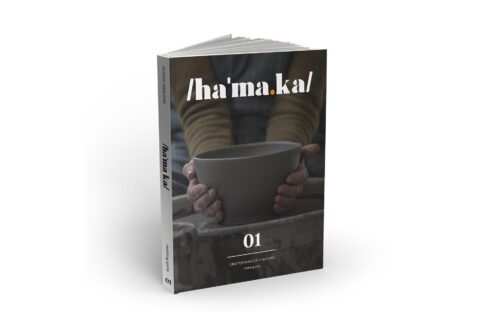
Hamaka magazine issue one introduces us to the human side of pottery
January 18, 2024
Plastikcomb magazine issue seven offers an inspiring insight into the world of collage
July 1, 2024